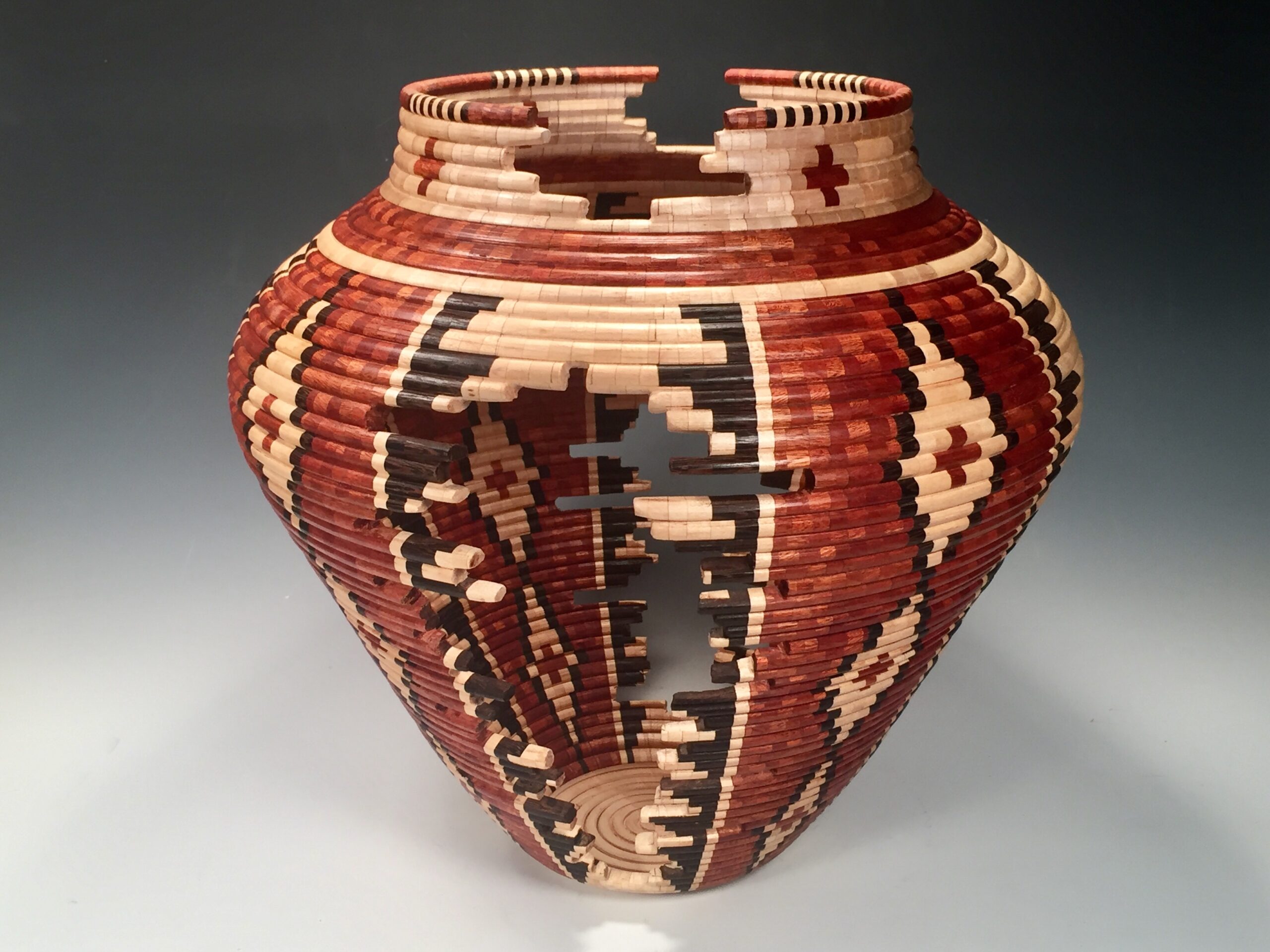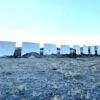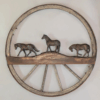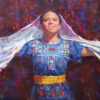Natasha Isenhour is having a great year, even if it’s not quite the year she had expected. “I’m doing awesome,” she says. “Suddenly, finally, all this work has begun to come to fruition, and 2020 was set up to be just this amazing year. I was invited to do Cowgirl Up!, and that was huge. My gallery in Santa Fe, Ventana Fine Art, is giving me my first solo show. Then I was asked to be the featured artist for the Mendocino Plein Air event. And there’s more.”
In mid-April, with much of the country under lockdown because of COVID-19, Isenhour’s traveling and workshops had come to a screeching halt, but she was still working hard preparing for upcoming shows. “I’m busier now, without travel, than I was before all this came crashing down on everyone,” she says.
The galleries were shuttered and the shows had all gone online, but even on the tiny screen of a smartphone, Isenhour’s work displays a vividness and authority. It creates an engagement with the subject matter that causes viewers to stop scrolling, finger paused in midair, and take in the view. Iconic red skies, roads leading up and out to a distant horizon, concrete walls lit by pale winter sun—they all reveal an eye for detail and something more. Isenhour’s paintings reveal what she says she’s always wanted to be: an artist with a capital A.
Read the entire article in the July/August 2020 issue.

Last Chapter
Pastel
20″ by 24″
“I often visit Ghost Ranch when I am in Northern New Mexico. There is a vista as you first enter the ranch where these huge spires seem so distant and diminutive. When thunderheads rise behind them, the visual conversation between earth and sky intensifies. I’m forever chasing that interaction. Saturation and bold contrast are almost always my tools to convey that emotion to the viewer.”
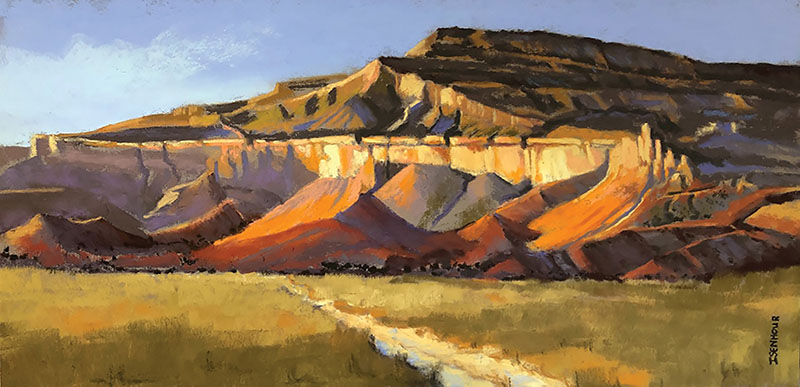
Wrapping Up the Day
Pastel
6″ by 16″
“That fetching late light—angles, layers, heavy strokes, and building strong contrast tell the story of that light. As in much of my work depicting this type of landscape, I work to simplify. To see its massive strong form from a distance is such a contrast to the understanding that it is slowly being degraded by nature. We are oblivious to its fragility while we are mesmerized by its strength. I try to convey that with strong, decisive, layered strokes.”

